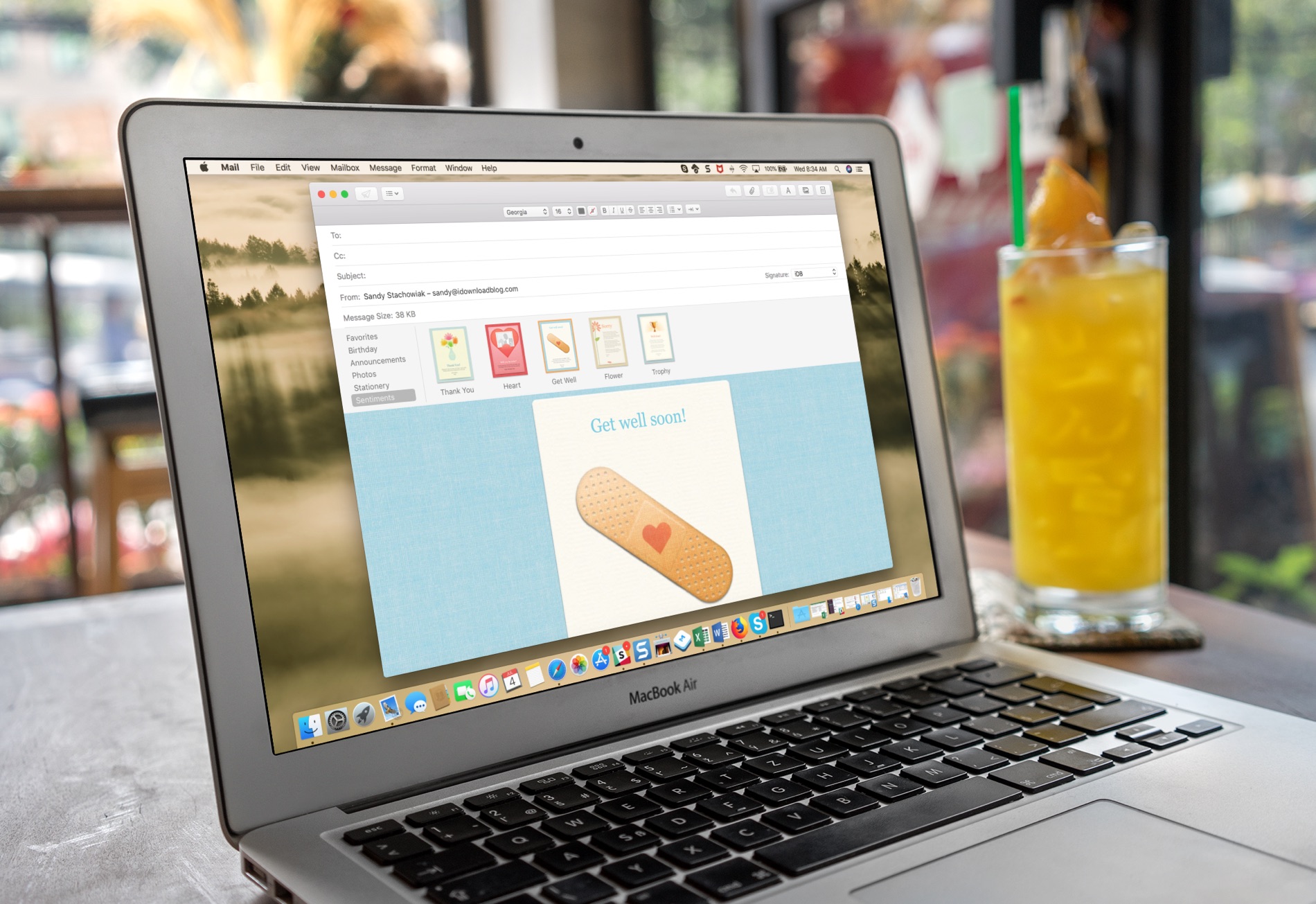
- #Free ecards for mac computers full
- #Free ecards for mac computers code
- #Free ecards for mac computers download
#Free ecards for mac computers download
Don’t download anything that contains an “.exe” file
#Free ecards for mac computers code
If there’s no confirmation code in the email? Big red flag - it’s very likely to be an e-card scam. Don’t click on any links within the email, just in case, but instead type the address of the company into your search bar. Look for a confirmation codeĮ-cards from legitimate companies will come with a confirmation code and a way for you to access the card from their website. So while it’s a good idea to look for those signifiers that something is legit, their presence alone isn’t enough to validate an e-card. Don’t assume a logo means that it’s legitimateĬybercriminals can be pretty savvy and it’s not that hard to slap a logo - or even an email address - onto something and make it look legitimate. If it is fraudulent, chances are that other users have already reported it and the information is out there. If you’re not sure about a message, search for the name of the company from which the e-card came along with “scam” and see if anything comes up. Really, that’s just laziness on the part of the scammer! 4. If the e-card is addressed to a general recipient like “Friend” or “Customer,” don’t open it or click on any links or downloads. So checking in with your friend or loved one not only protects you but potentially makes them aware of what happened, thereby protecting everyone they know as well. It’s also possible that someone you know was a victim of a scam themselves - and some scams involve spamming a person’s inbox with infected emails. Shoot them an email or a text that just says “Hey, I got this e-card and want to make sure it’s you before I open it.” Easy-peasy and a great way to protect yourself. If you do recognize the name of the sender, contact that person directly and ask if they sent you an e-card.

Same goes for a “friend” or “secret admirer.” We’re not in elementary school anymore, folks.

There’s no reason for Hallmark to send you an e-card and there’s no reason for someone you don’t know to send one, either. That means clicking on that seemingly friendly e-card could result in you downloading a virus, stealing your personal information, turning your email address into a spam machine, or even taking over your computer.īut, luckily, there are ways to protect yourself against e-card scams! Here are seven steps to take before opening that e-card.įirst things first: who’s sending it? If it’s a name you don’t recognize or it’s from a generic address, like don’t open it. Yeah, it’s a bummer, but malicious actors take advantage of people’s holiday cheer by using e-cards as a method for delivery of malware. But unlike a traditional snail mail card, e-cards come with risks. Cheaper, more animated, and easier to send than via post, e-cards have taken the place of many people’s traditional holiday cards.
#Free ecards for mac computers full
With the holiday season in full swing, you might be seeing a flurry of e-cards. Make the most of your holiday greeting exchanges by avoiding fraudulent e-cards


 0 kommentar(er)
0 kommentar(er)
